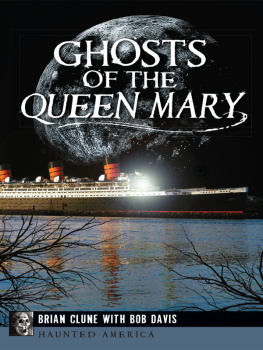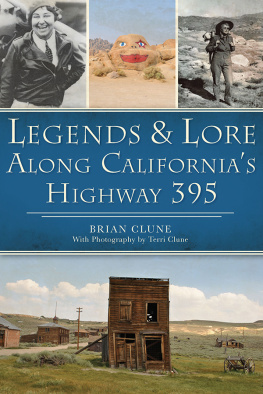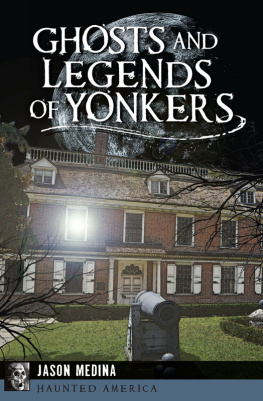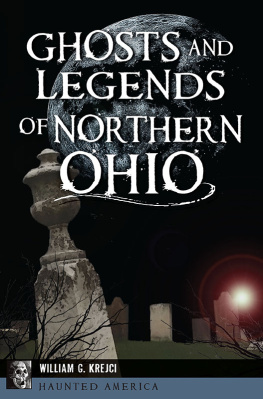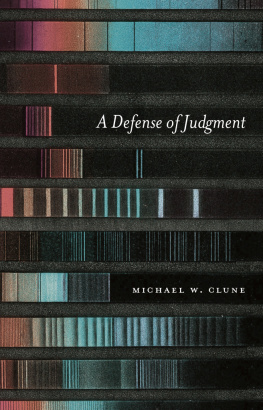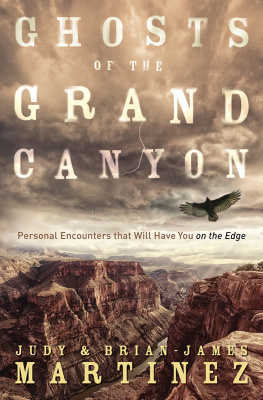
The town of Calico, California, was granted historical status as Landmark No. 7 on May 12, 1973. In 2005, Governor Arnold Schwarzenegger designated Calico as the official Silver Rush Ghost Town of California.
Published by The History Press
Charleston, SC
www.historypress.com
Copyright 2020 by Brian Clune, with Bob Davis
All rights reserved
First published 2020
e-book edition 2020
ISBN 978.1.43967.106.1
Library of Congress Control Number: 2020938499
print edition ISBN 978.1.46714.659.3
Notice: The information in this book is true and complete to the best of our knowledge. It is offered without guarantee on the part of the authors or The History Press. The authors and The History Press disclaim all liability in connection with the use of this book.
All rights reserved. No part of this book may be reproduced or transmitted in any form whatsoever without prior written permission from the publisher except in the case of brief quotations embodied in critical articles and reviews.
DEDICATION
Growing up, I always knew I was adopted. It never really bothered me because the people who took me in loved me, took care of me, were always there for me and were my family. My mother, father and sister were always just normal to me, as any family dynamic is. I wondered every now and then if I had any biological siblings and who my biological mother and father might be, but because I grew up in a family that loved me and cared for me, it was never that important to find out. All that changed in 2018, when my wife signed me up for a DNA test, and my biological sister made contact with me. The acceptance from this family I never knew, including my biological mother, was more than I ever could have dreamed of, and the love and caring that has come from them has made me happier than I could have imagined. So, I dedicate this book to my newly found mom, Tina; my little (hell hate that) brother, Mick; and my baby sister, Sheila. It is also dedicated to my older sister, Maureen, who I grew up with and who has always supported me and my writing, even though she tells me what to say when Im signing a book to her.
Brian Clune
The cross on top of the Calico Cemetery is silhouetted against King Mountain and the now-famous town name painted at its crest.
This is the town of Calico, a town that used to be.
Up among bright colored hills, above an old, dead sea.
Where the wind blows the sand in mounds, and the canyons return the echoing sounds.
Lucy B. Lane, the longest recorded resident of Calico
CONTENTS
Unless otherwise specified, the photographs in this book were provided by the authors.
FOREWORD
While reading Ghosts and Legends of Calico, I was taken back to the many experiences of my own that I have had with the unseen, yet ever-present, spirits of Calico Ghost Town. Having experienced over twenty years of living in the Calico Valley and several more in the town of Calico itself, I have become eerily familiar with many of the ghosts who chose to remain as ever faithful residents in Calico after their bodies were laid to rest in the nearby cemeteries of Dagget or Calico.
I have been asked on more than one occasion if I believe in ghosts, and my answer is always the same: Yes! If that makes me crazy, so be it. The souls of miners and cooks, the voices of the ladies working the saloons and even Tumbleweed Harris with his burro have been spotted on occasion. They still frequent the shops that run daily in the little town, and they touch the unaware visitor from time to time. During the twenty years Jill and I owned businesses in town, we experienced the Calico spirits in both the daytime and at night.
I think you will find this book full of fun and informative retellings of the histories of the areas around Calico and of some of the haunts that happen there. Reading the history again makes me miss the old town a bit. I have since moved out of the state, but this town and the Mojave Desert stay in my thoughts. My wish is that the reader will be able to make a trip out to see the town for themselves and experience what life must have been like for those souls so long ago.
I would like to thank Brian and Bob for a job well done with this book. I hope it serves to educate and entertain many people long after I also become an old ghostly spirit in Calico!
Happy reading and enjoy Calico!
Bill Cook,
author of Bill Cooks Ghostly Guide to Calico Ghost Town
ACKNOWLEDGEMENTS
We would again like to thank our acquisitions editor, Laurie Krill. Laurie, you are truly the best editor a writer could ask for. To the other wonderful editors and staff at Arcadia and The History Press, you have our deepest respect and thanks for the hard work you all do making us look our best. We would also like to thank all of the wonderful people at Calico Ghost Town for their stories, their growing friendship and their patience while we asked all of our questions. These people are saints especially you, Kayla! Even the rangers at Calico, who have an aversion to anything ghostly, would talk and answer questions about the history and haunts of the town, and we truly appreciate their time.
We would also like to thank the Mojave River Valley Museum which allowed us to peruse their archives and use some of their historic photos of Calico. The museums help made this book not only a tale of the towns haunts but a true telling of the important place in history Calico has had in the development of the area and California.
As always, we have to thank Terri Clune for her support and for being our initial editor (even if she does edit my Facebook posts, too!)
Last, and assuredly not least, we would like to thank Arcadia and The History Press for still having faith in us and our writing.
The town of Calico today, as seen from the lookout point on top of the Maggie Mine.
INTRODUCTION TO CALIFORNIAS OFFICIAL SILVER TOWN
The town of Calico was a quintessential American mining camp. There, silver was discovered, prospectors came to make their fortunes, storekeepers and saloon owners followed and close on their heels came their wives, children and families. The town grew, the people toiled all day long, the women cooked, the men drank and the whole thing began anew with the coming of each dawn. When the gold and silver ran out, the people left for greener pastures, and the town slowly died.
This same scenario was repeated over and over again across the country. From the mountains of Virginia to the gold fields of California, these seekers of wealth left rotting hulks abandoned across the pristine landscape of America to slowly fade as Mother Nature reclaimed her resources. Calico, however, was different; it refused to die. This little mining camp set in the hills of the majestic Calico Mountains, with colorful rocks and soil that gave the area its name, decided it was not going to go quietly into the night. It let Mother Nature visit but would not let her take the town away. No, Calico decided that it was its destiny to stay behind, to remain in the harsh sun and biting wind of the Mojave Desert, not for itself, but for those who came behind it. It stayed behind for those who came to learn and marvel at the way things had been, those who would remember and pass along to others what they had seen and learned of who had been.








